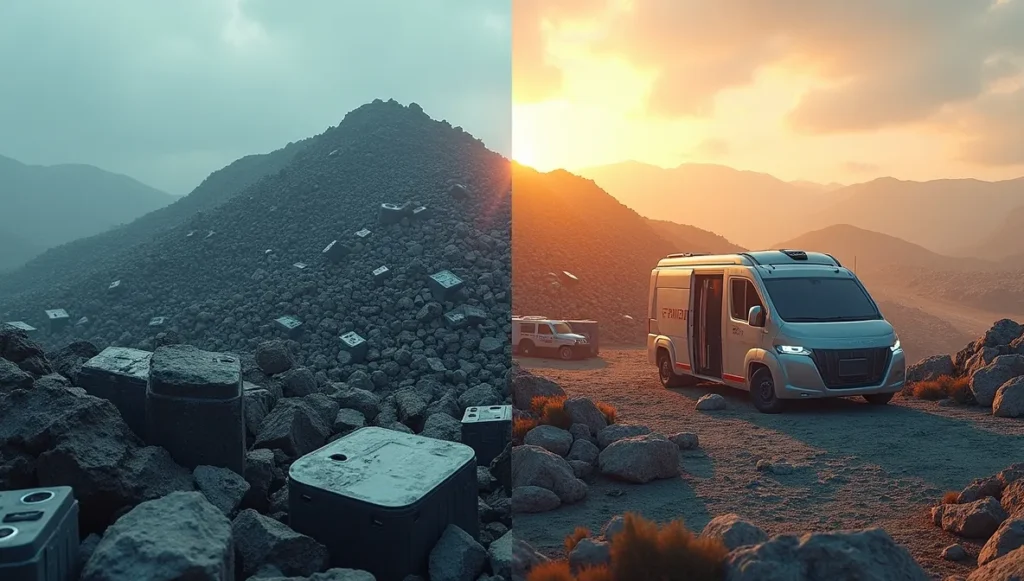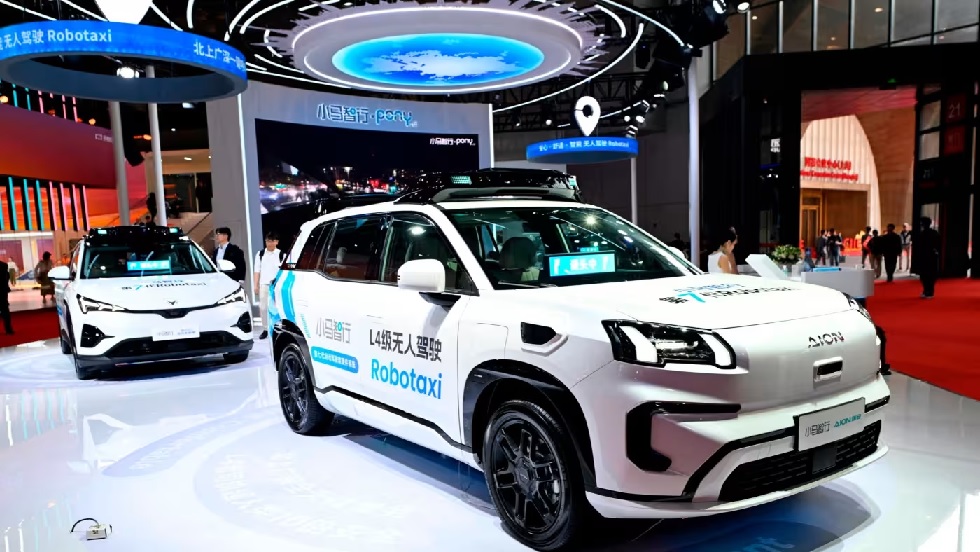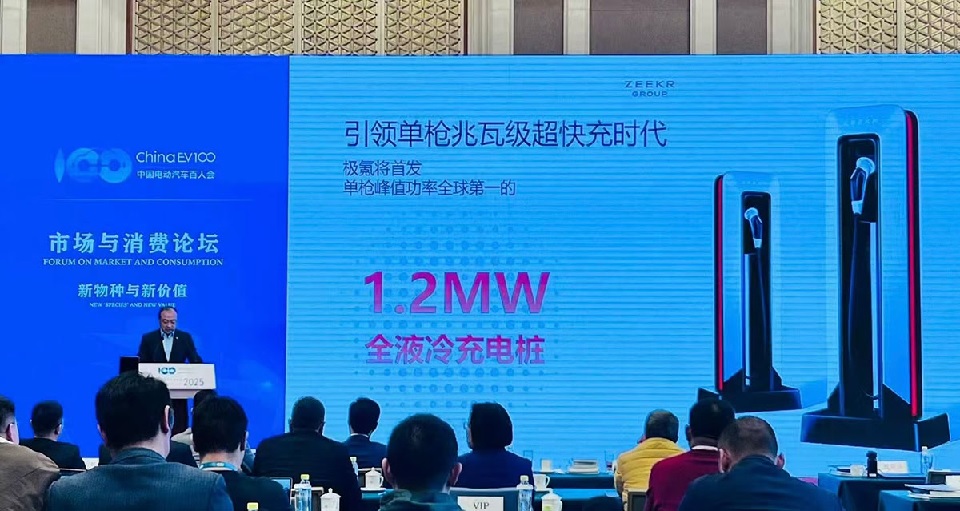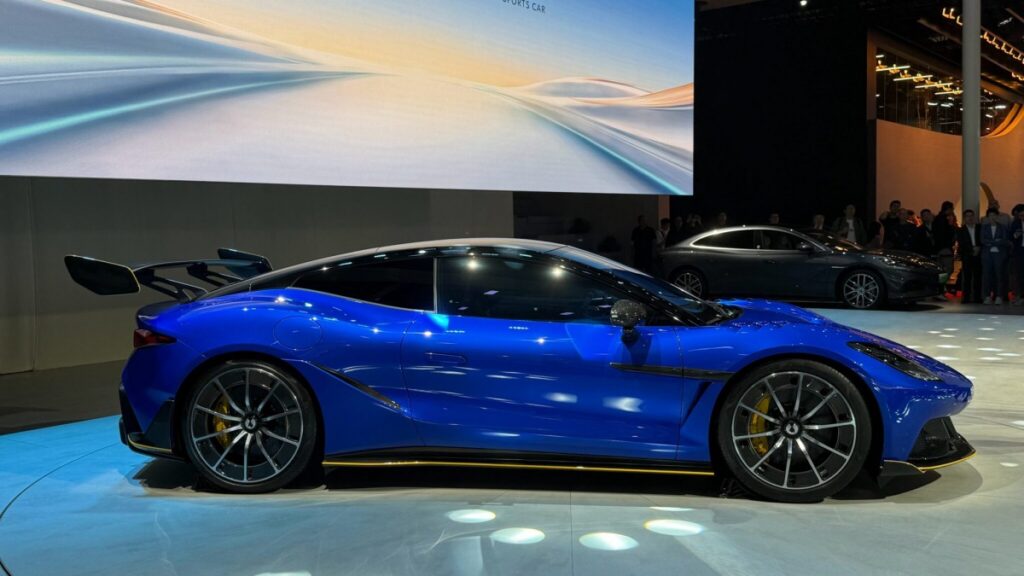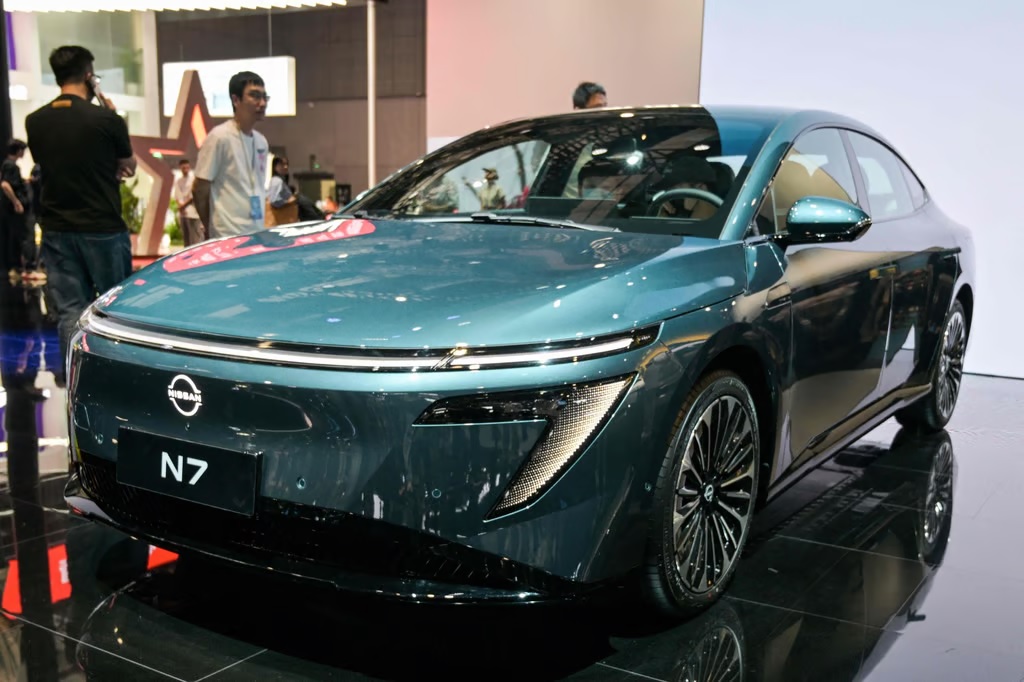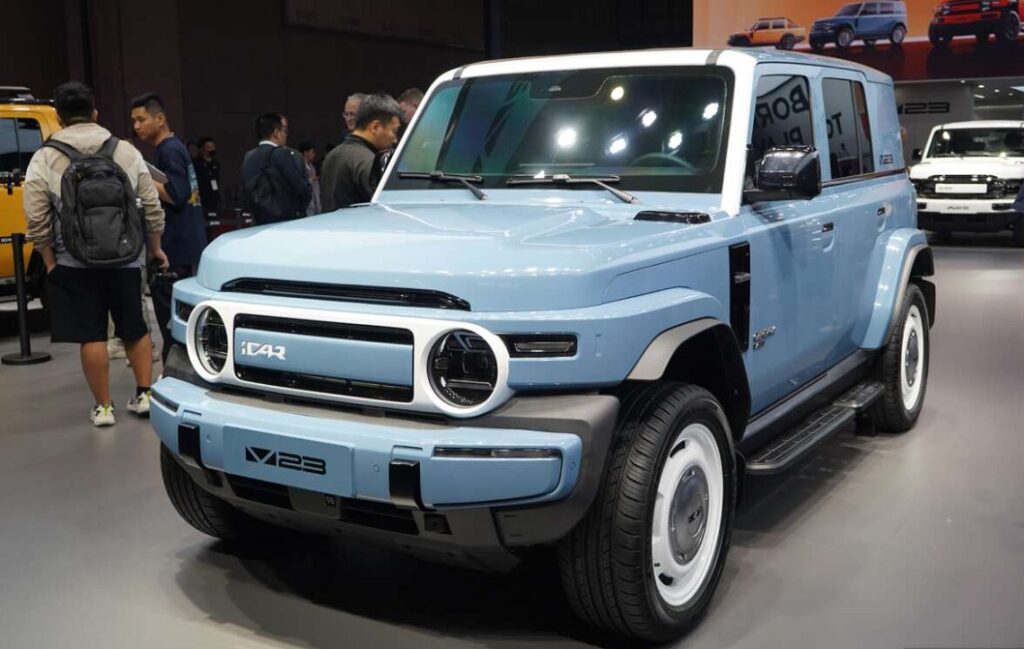Think you know how to care for your EV battery? Think again. From “full discharge cycles” to “fast charging fears,” we bust 5 persistent myths with 2025 science—so you can stop worrying and drive smarter.

Myth #1: “You Must Fully Drain Your Battery Monthly”
❌ The Myth: Letting your battery hit 0% before recharging “resets” its lifespan.
✅ The 2025 Truth:
- Lithium-ion batteries hate extreme discharges.
- Tesla’s official manual (2024 update) states: *”Avoid discharging below 20% for daily use.”
🔬 Science Says: Frequent deep discharges accelerate cell degradation (source).
“For optimal charge levels, see our guide: EV Battery Lifespan: 5 Surprising Ways to Extend It“
Myth #2: “Fast Charging Will Ruin Your Battery”

❌ The Myth: Using DC fast chargers (like Tesla Superchargers) instantly kills battery health.
✅ The 2025 Truth:
- Occasional fast charging is safe (e.g., road trips).
- Daily use harms longevity (heat is the enemy).
📊 Data Point: A 2024 study found Teslas charged 3x/week at Superchargers lost 12% more capacity after 50k miles vs. Level 2 users (link to study).
Pro Tip: Use your car’s built-in charge scheduling to cool the battery before fast charging.
Myth #3: “Parking in the Sun Destroys Your Battery”
❌ The Myth: Any heat exposure = irreversible damage.
✅ The 2025 Truth:
- Prolonged 100°F+ temps hurt, but modern EVs have cooling systems.
- Pre-cooling while plugged in mitigates harm (link to your DIY Hacks post).
🌡️ Test Data: A parked Model 3 in direct sun reached 120°F cabin temps but the battery stayed at 85°F thanks to thermal management.
Myth #4: “EV Batteries Die After 5 Years”
❌ The Myth: All EV batteries need expensive replacements by 2025.
✅ The 2025 Truth:
- Most warranties cover 8-10 years (e.g., Tesla: 70% capacity retention).
- Real-world data: Nissan Leaf’s from 2013 still show 80%+ capacity with moderate use.
📉 Degradation Rate: Average loss is 2.3% per year (Recurrent Auto data).
Myth #5: “You Can’t Repair or Recycle EV Batteries”
❌ The Myth: Dead batteries = landfill waste.
✅ The 2025 Truth:
- Second-life projects: Old EV batteries power solar farms (link to your Circular Economy post).
- Recycling programs: Tesla recovers 92% of materials from dead packs.
♻️ Key Stat: Redwood Materials can recycle 95% of a battery’s cobalt, nickel, and lithium.
Final Thought: Drive Smarter, Not Harder
EV batteries are tougher than myths suggest—but they’re not invincible. In 2025, the real secret isn’t extreme caution; it’s smart habits backed by science. Charge with confidence, ignore the noise, and remember: your battery will outlast the hype.
“The biggest threat to your EV battery? Misinformation. Now you know better.”
